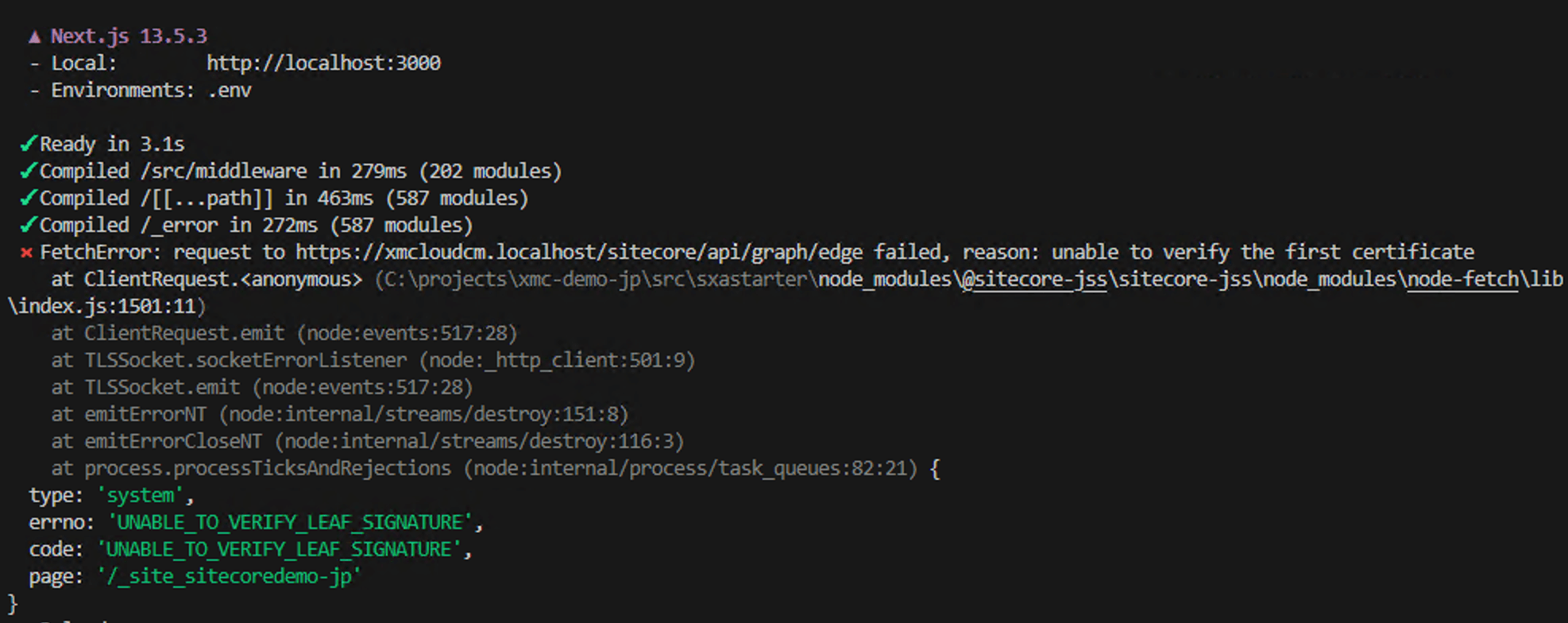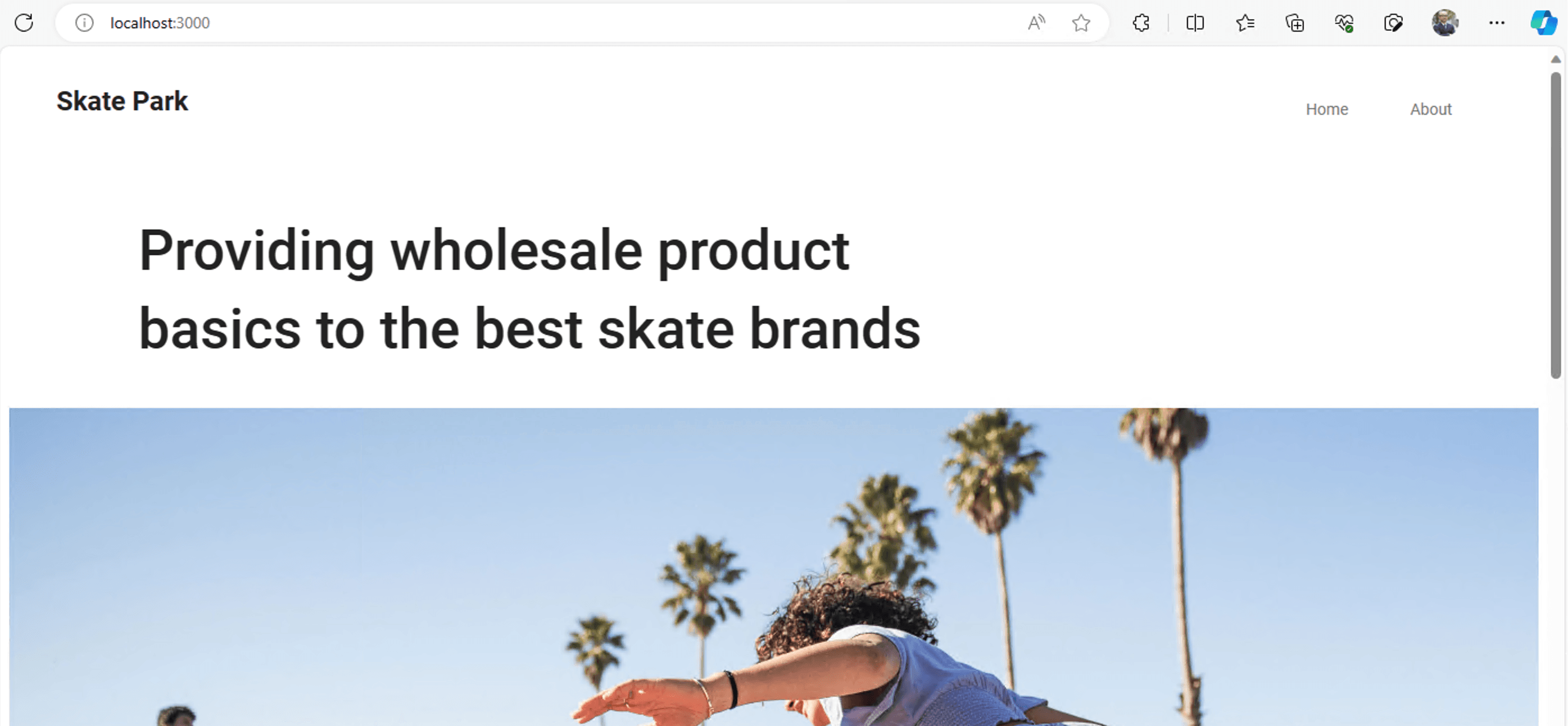We previously showed you how to connect your local Next.js project to XM Cloud. So is it easy to do this if you are running in a local container? In this article, we will check this.

Prerequisite
We will check the configuration of the CM server of XM Cloud that is running locally. First, in the default configuration, the hostname is as follows
- https://xmcloudcm.localhost
Then go into the CM server and get the API key. You will use the ID of the item in /sitecore/system/Settings/Services/API Keys/xmcloudpreview. Set these two values in src\sxastarter\.env.

We are now ready to go. Try connecting with the following command.
jss start:connectedAfter startup, the following error message appears
▲ Next.js 13.5.3
- Local: http://localhost:3000
- Environments: .env
✓ Ready in 3.1s
✓ Compiled /src/middleware in 279ms (202 modules)
✓ Compiled /[[...path]] in 463ms (587 modules)
✓ Compiled /_error in 272ms (587 modules)
⨯ FetchError: request to https://xmcloudcm.localhost/sitecore/api/graph/edge failed, reason: unable to verify the first certificate
at ClientRequest.<anonymous> (C:\projects\xmc-demo-jp\src\sxastarter\node_modules\@sitecore-jss\sitecore-jss\node_modules\node-fetch\lib\index.js:1501:11)
at ClientRequest.emit (node:events:517:28)
at TLSSocket.socketErrorListener (node:_http_client:501:9)
at TLSSocket.emit (node:events:517:28)
at emitErrorNT (node:internal/streams/destroy:151:8)
at emitErrorCloseNT (node:internal/streams/destroy:116:3)
at process.processTicksAndRejections (node:internal/process/task_queues:82:21) {
type: 'system',
errno: 'UNABLE_TO_VERIFY_LEAF_SIGNATURE',
code: 'UNABLE_TO_VERIFY_LEAF_SIGNATURE',
page: '/_site_sitecoredemo-jp'
}This is an error when Node.js tries to access a Sitecore instance that is up and running with a self-certificate.

As a workaround, add the following line to the .env file
NODE_TLS_REJECT_UNAUTHORIZED=0Now you can access the local CMS and check the page display.

Summary
This setting is only available locally using a self-certificate, so it is not necessary to set it for XM Cloud, which is actually running on SaaS. Use this setting as needed.